3-Methylxanthine
Synonym(s):2,6-Dihydroxy-3-methylpurine;3-Methylxanthine
- CAS NO.:1076-22-8
- Empirical Formula: C6H6N4O2
- Molecular Weight: 166.14
- MDL number: MFCD00005580
- EINECS: 214-058-1
- SAFETY DATA SHEET (SDS)
- Update Date: 2025-03-06 08:32:39
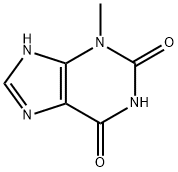
What is 3-Methylxanthine ?
Description
3-Methylxanthine is one of the metabolites of theophylline. After oral intake, approximately 36% is excreted in the urine as 3-methylxanthine, 40% as 1,3-dimethyluric acid and 17% as 1-methyluric acid. 3-methylxanthine (3MX) has been assessed as an adenosine antagonist and produces the same maximal relaxation of guinea pig tracheal muscle as does. 3MX is also used to examine conformational heterogeneity in RNA aptamers and riboswitches[1-2].
Chemical properties
Light yellow powder
The Uses of 3-Methylxanthine
3-Methylxanthine is a Xanthine derivative with diuretic, cardiac stimulant and smooth muscle relaxant activities; isomeric with theobromine.They can also act as Bronchodilator.
Definition
ChEBI: 3-methyl-9H-xanthine is a 3-methylxanthine tautomer where the imidazole proton is located at the 9-position. It has a role as a metabolite. It is a tautomer of a 3-methyl-7H-xanthine.
Biosynthesis
As the primary intermediate of theobromine degradation, 3-methylxanthine might be degraded by A. tamarii PT-7 and other candidate isolates in the liquid culture. The accumulation of 3-methylxanthine increased along with theobromine degradation since it was detected in the liquid culture after cultivation for 24?h. Over 6 days of cultivation of A. sydowii PT-2, 3-methylxanthine was produced and increased significantly (p?<?0.05) with an increasing initial theobromine concentration, respectively, showing a linear relationship between theobromine degradation and 3-methylxanthine accumulation[3].
General Description
3-Methylxanthine, a metabolite of theophylline, was quantitated in rat plasma by a sensitive LC-MS/MS method.
Purification Methods
Crystallise it from water. [Beilstein 26 II 263, 26 III/IV 2329.]
References
[1] R. Sellman, &P. J. Klemi. “Kidney toxicity of 3-methylxanthine in the rat.” Journal of Applied Toxicology 4 6 (1984): 304–307.
[2] K. H. Algharrawi. “Direct conversion of theophylline to 3-methylxanthine by metabolically engineered E. coli.” Microbial Cell Factories 14 1 (2015).
[3] Binxing Zhou. “3-Methylxanthine production through biodegradation of theobromine by Aspergillus sydowii PT-2.” BMC Microbiology (2020): 269.
Properties of 3-Methylxanthine
| Melting point: | >300 °C (lit.) |
| Boiling point: | 294.33°C (rough estimate) |
| Density | 1.4434 (rough estimate) |
| refractive index | 1.6700 (estimate) |
| storage temp. | 2-8°C |
| solubility | DMSO (Slightly, Heated), Methanol (Slightly) |
| form | Solid |
| pka | pK1:8.10;pK2:11.3 (25°C) |
| color | White to Pale Beige |
| Water Solubility | Insoluble in water. |
| BRN | 180944 |
| CAS DataBase Reference | 1076-22-8(CAS DataBase Reference) |
Safety information for 3-Methylxanthine
| Signal word | Warning |
| Pictogram(s) |
 Exclamation Mark Irritant GHS07 |
| GHS Hazard Statements |
H302:Acute toxicity,oral |
Computed Descriptors for 3-Methylxanthine
| InChIKey | GMSNIKWWOQHZGF-UHFFFAOYSA-N |
3-Methylxanthine manufacturer
SETV ASRV LLP
New Products
Methyl (R)-1-Boc-4,4-difluoropyrrolidine-2-carboxylate 2,2-Difluoropropylamine hydrochloride tert-butyl 3-bromoazetidine-1-carboxylate (R)-1-Boc-3-hydroxypyrrolidine DIFLUOROACETIC ANHYDRIDE 2,2-Difluoropropionic acid Diallylamine, 99% Calcium hydroxide, 95% Aluminum oxide, basic 2-Bromophenylacetonitrile, 97% L-tert-Leucine,97% N-Hydroxy-2-methylpropanimidamide 4-(3,4-Dichlorophenyl)-3,4-Dihydro-N-Methyl-1-(2H)-Naphthalenimine (Schiff Base) 2-AMINO-3,5-DIBROMO BENZALDEHYDE [ADBA] L-Glutamic Acid Dimethyl Ester Hcl 10-Methoxy-5H-dibenz[b,f]azepine 5-Cyanophthalide N, N-Carbonyldiimidazole (CDI) Dibenzoyl Peroxide Titanium Dioxide 2-(Methylthio) Benzonitrile Sodium Acetate Anhydrous Allopurinol 1,5-DibromopentaneRelated products of tetrahydrofuran
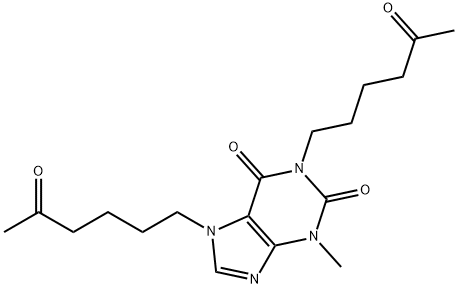
![3,7-Dihydro-3,7-diMethyl-6-[(5-oxohexyl)oxy]-2H-purin-2-one](https://img.chemicalbook.in/CAS/GIF/93079-86-8.gif)
![1,1'-[(5E)-5-Methyl-7-oxo-5-undecene-1,11-diyl] Bis](https://img.chemicalbook.in/CAS/GIF/874747-30-5.gif)

![1,1'-Methylene Bis[TheobroMine]](https://img.chemicalbook.in/CAS/GIF/77196-87-3.gif)
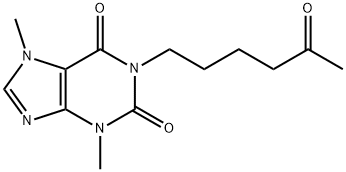

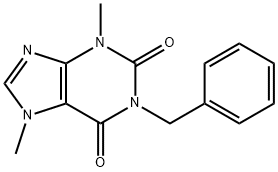
You may like
-
 1076-22-8 98%View Details
1076-22-8 98%View Details
1076-22-8 -
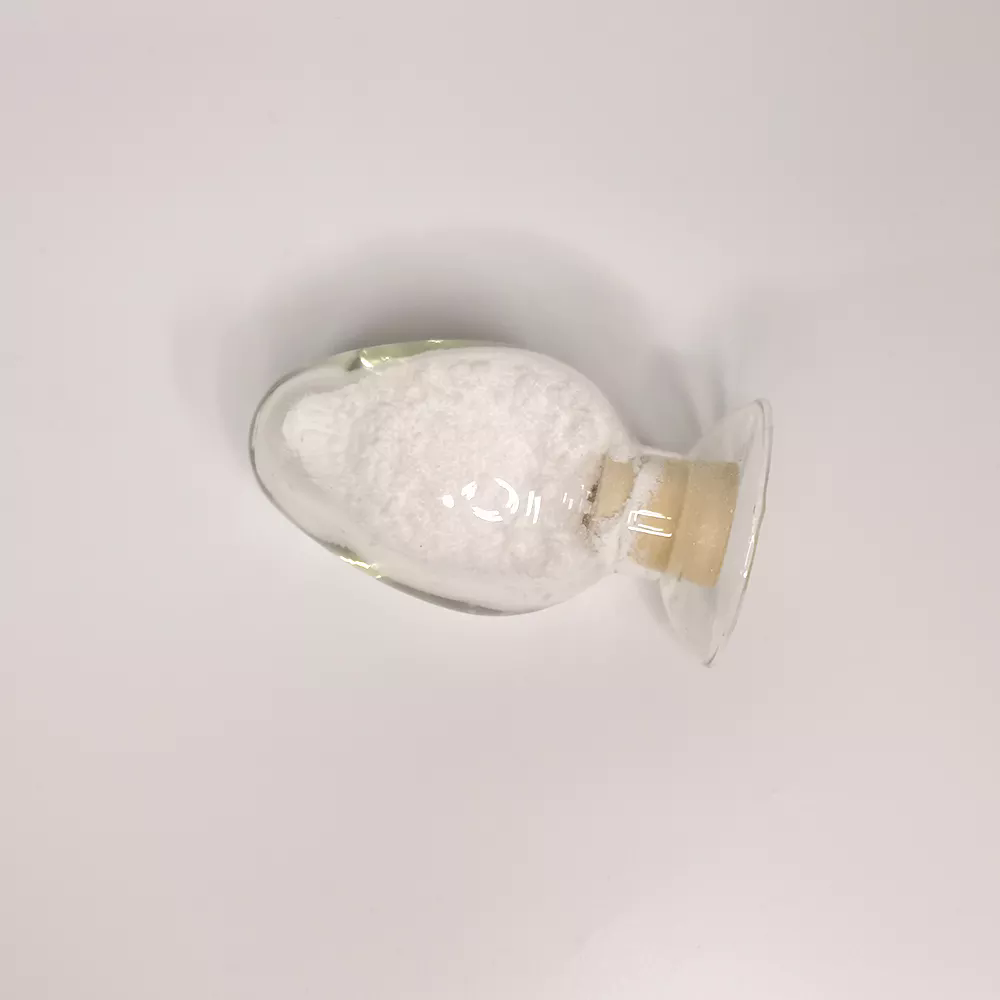 1076-22-8 3-Methylxanthine 98%View Details
1076-22-8 3-Methylxanthine 98%View Details
1076-22-8 -
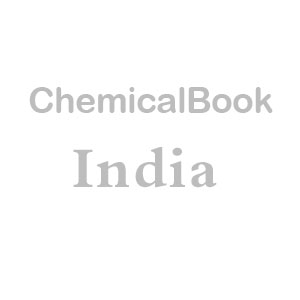 3-methyl xanthine 1076-22-8 99%View Details
3-methyl xanthine 1076-22-8 99%View Details
1076-22-8 -
 3-Methylxanthine CAS 1076-22-8View Details
3-Methylxanthine CAS 1076-22-8View Details
1076-22-8 -
 1076-22-8 99%View Details
1076-22-8 99%View Details
1076-22-8 -
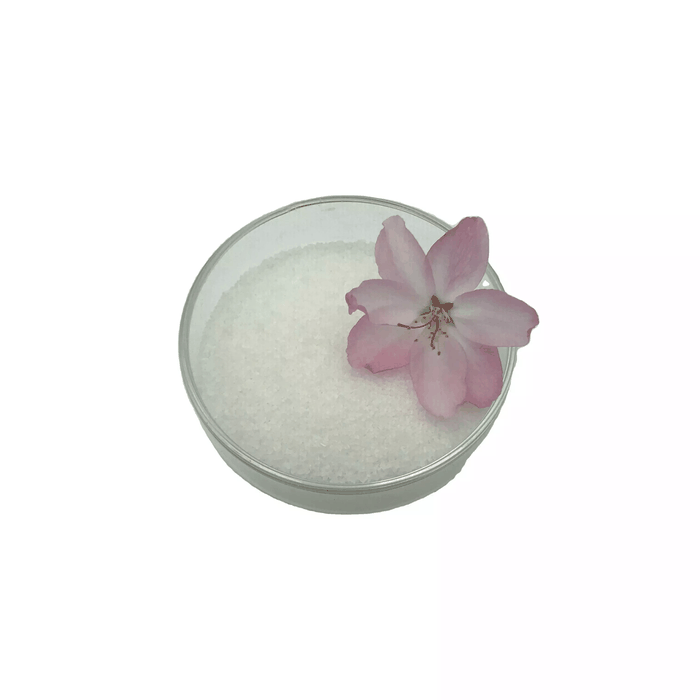 3-Methylxanthine 98%View Details
3-Methylxanthine 98%View Details
1076-22-8 -
 3-Methylxanthine CAS 1076-22-8View Details
3-Methylxanthine CAS 1076-22-8View Details
1076-22-8 -
 Theophylline related compound B >98% (HPLC) CAS 1076-22-8View Details
Theophylline related compound B >98% (HPLC) CAS 1076-22-8View Details
1076-22-8
